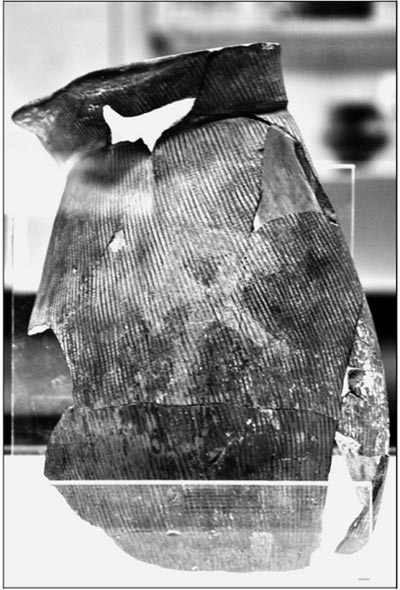Finding a lost city
Updated: 2015-12-15 08:10
By Wang Kaihao(China Daily)
|
||||||||
Historical records suggest Yao's regime may have been in today's Linfen. Cultural relics with inscriptions of his rule have been found among the relics.
The report focuses on the discovery of complexes with more than 1,000 tombs in Taosi, dug out before 1985. The tombs also hint at the existence of social stratification in ancient times, Bai says.
But the tombs have yet to offer "concrete" evidence that Taosi was indeed Yao's capital, he adds.
The relics have helped archaeologists understand society at the time and have created a strong foundation for excavations since 1999.
In 2003, an observatory believed to have been built around the 21st century BC was unearthed in Linfen as proof of a highly developed civilization, even preceding Stonehenge.
"It is estimated to be the world's earliest observatory with a mature calendar system," says He Nu, chief of Taosi's relic-excavation team. "But we still need further research on details."
Earlier, his team studied a solar calendar found at the site for a year. The calendar is likely the world's earliest as well, he says.
More recent discoveries seem to support the hypothesis that Yao used Taosi as his capital. For example, the structure of que, a freestanding, ceremonial gate tower in traditional Chinese-palace construction, was unearthed earlier this year in Taosi. It resembles the entrance of the Forbidden City in Beijing, He says.
- Fidel Castro congratulates Venezuelan leader despite setback
- Merkel refuses cap on number of refugees
- Russia warns Turkey over Aegean warship incident
- Macri sworn in as Argentina's new president, calls for unity, dialogue
- Deals with Azerbaijan to boost Silk Road plan
- Outlook for strong El Nino maintains in US
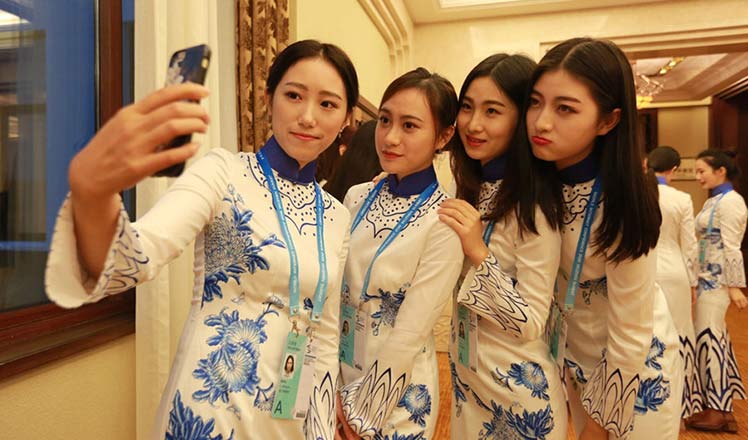
 Student volunteers wear qipao for World Internet Conference
Student volunteers wear qipao for World Internet Conference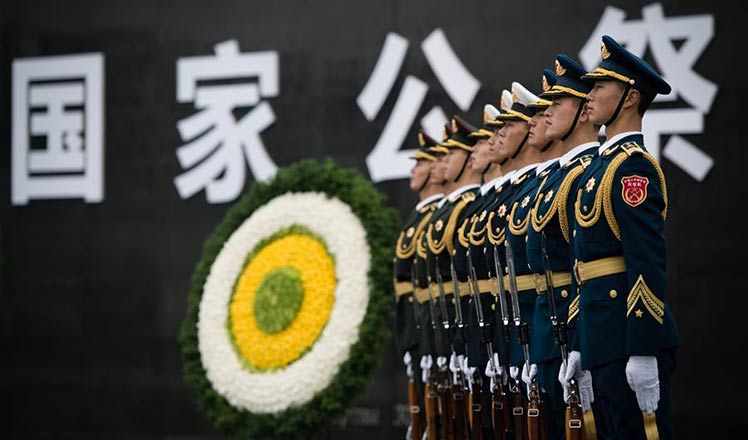
 China marks Memorial Day for Nanjing Massacre victims
China marks Memorial Day for Nanjing Massacre victims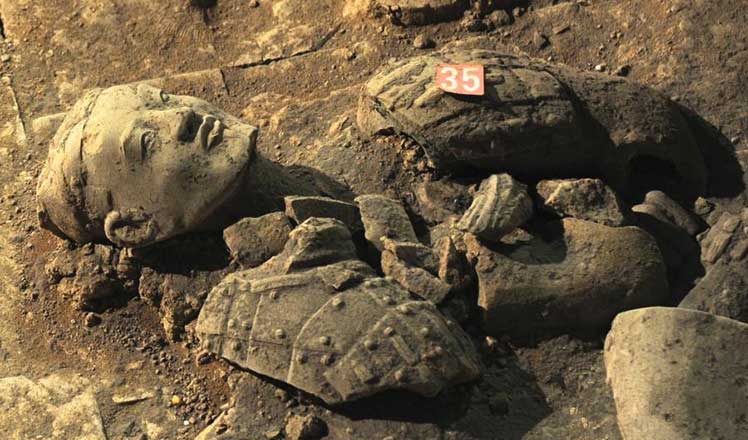
 Six major archaeological discoveries in 2015
Six major archaeological discoveries in 2015
 Border defense soldiers attend training in heavy snow in Xinjiang
Border defense soldiers attend training in heavy snow in Xinjiang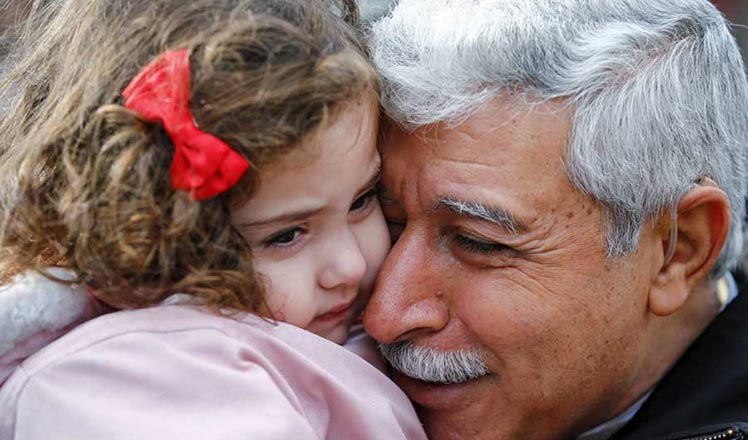
 The world in photos: Nov 7-13
The world in photos: Nov 7-13
 Wuzhen gets smart with Second World Internet Conference
Wuzhen gets smart with Second World Internet Conference
 Historical photos reveal how Japan celebrated Nanjing invasion
Historical photos reveal how Japan celebrated Nanjing invasion
 How firemen put out oil tanker blaze within two hours
How firemen put out oil tanker blaze within two hours
Most Viewed
Editor's Picks

|

|

|

|

|

|
Today's Top News
Shooting rampage at US social services agency leaves 14 dead
Chinese bargain hunters are changing the retail game
Chinese president arrives in Turkey for G20 summit
Islamic State claims responsibility for Paris attacks
Obama, Netanyahu at White House seek to mend US-Israel ties
China, not Canada, is top US trade partner
Tu first Chinese to win Nobel Prize in Medicine
Huntsman says Sino-US relationship needs common goals
US Weekly

|

|
